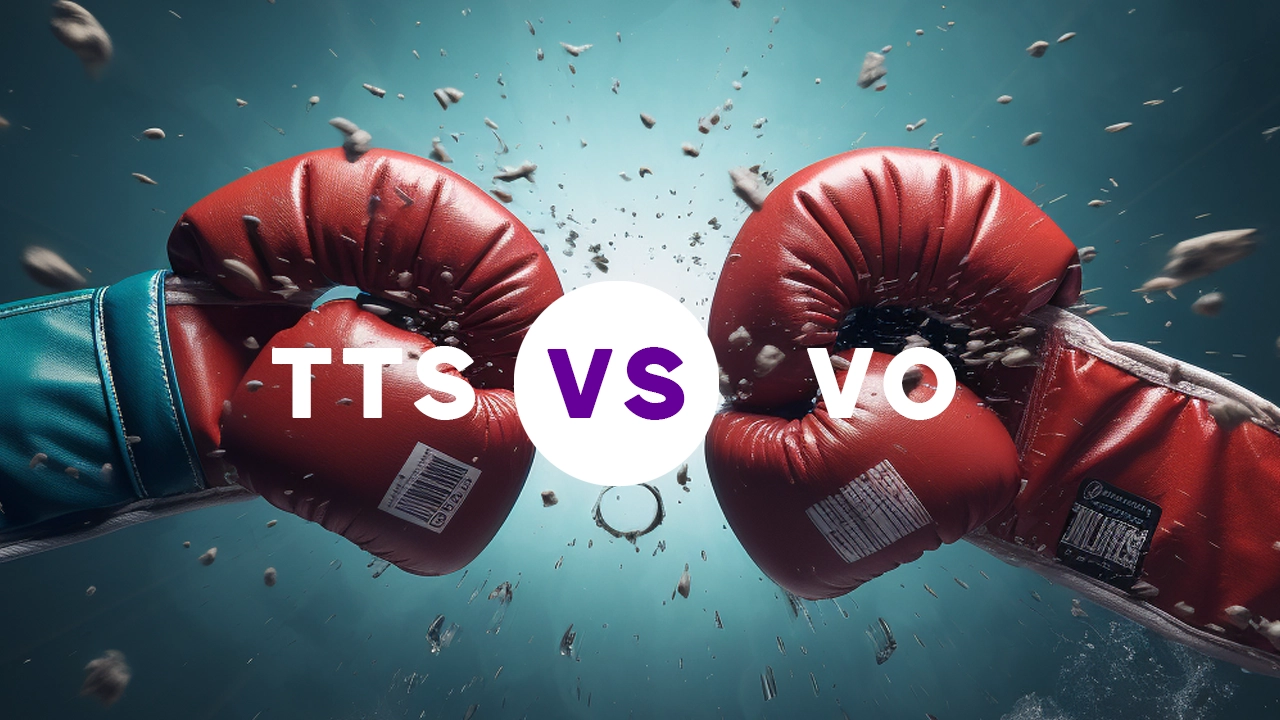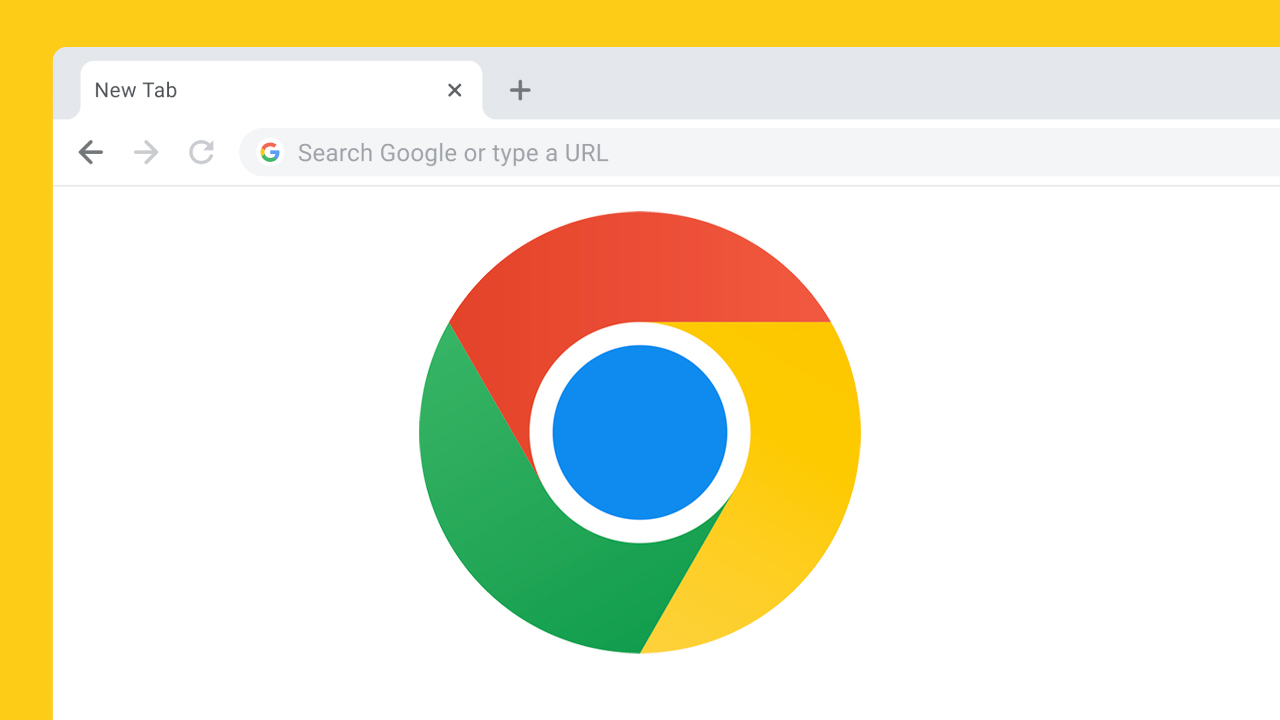What is Text to Speech

Text-to-speech (TTS) technology has revolutionized the way we interact with digital content. At its core, TTS is an assistive technology that reads aloud written text. By converting text into natural-sounding speech, TTS systems enable users to listen to content instead of reading it on screen. This technology plays a pivotal role in enhancing accessibility, particularly for individuals with visual impairments, learning disabilities like dyslexia, or those who prefer auditory learning.
Understanding TTS and Its Functionality
TTS, also known as speech synthesis, uses artificial intelligence (AI) and deep learning to generate human-like voice from text. The AI voice in modern TTS tools is often indistinguishable from a real human voice, thanks to advanced algorithms and large datasets used in machine learning. These systems analyze the nuances of language and intonation, ensuring that the output sounds natural and easy to understand.
Applications of TTS in Various Domains
Assistive Technology for Accessibility
One of the most significant uses of TTS technology is in the realm of accessibility. It aids individuals with visual impairments or learning disabilities by reading web pages, ebooks, and other digital content aloud. This functionality allows them to access information and educational content easily.
Educational Tools and Language Learning
TTS systems are instrumental in education, aiding in language learning for different languages, including English and Spanish. They help students with dyslexia by reading texts aloud, making it easier for them to comprehend and retain information. Additionally, TTS tools are used to create interactive and engaging learning experiences in classrooms.
Smartphones and Virtual Assistants
Smartphones, whether iOS or Android, come equipped with TTS capabilities. Virtual assistants like Alexa and Google Assistant use speech synthesis to communicate and assist users in real-time. They can automate tasks, provide information, and enhance the overall user experience.
Entertainment and Media
In the entertainment industry, TTS technology is used to produce audiobooks, podcasts, and voiceovers for videos. This not only makes content more accessible but also adds an interactive element to the user experience.
Business and Customer Experience
Businesses leverage TTS to improve customer experiences. It is used in interactive voice response (IVR) systems, helping to automate customer service. TTS enhances the efficiency of virtual assistants in handling customer queries and providing information.
TTS Tools and Platforms
Various apps and platforms have integrated TTS functionality. For instance, Windows and Chrome offer built-in TTS features, making digital content more accessible. Amazon has integrated TTS in its Kindle app, allowing users to listen to ebooks. Microsoft and other tech giants continually develop TTS APIs that can be integrated into custom applications, enhancing the functionality of web-based services and IoT devices.
The Future of TTS Technology
The future of TTS is closely tied to advances in AI and data science. As machine learning models become more sophisticated, the quality of speech synthesis improves, leading to more natural-sounding speech. This advancement is not just about enhancing the user experience but also about creating new possibilities in how we interact with technology.
In conclusion, text-to-speech technology is a powerful tool that transcends mere convenience. It’s a vital aspect of making the digital world more inclusive and accessible. From aiding those with disabilities to transforming customer experiences, TTS is a testament to how technology can profoundly impact society. As we continue to innovate and integrate TTS into various aspects of our digital lives, its potential seems boundless, promising a future where information is more accessible to everyone.










